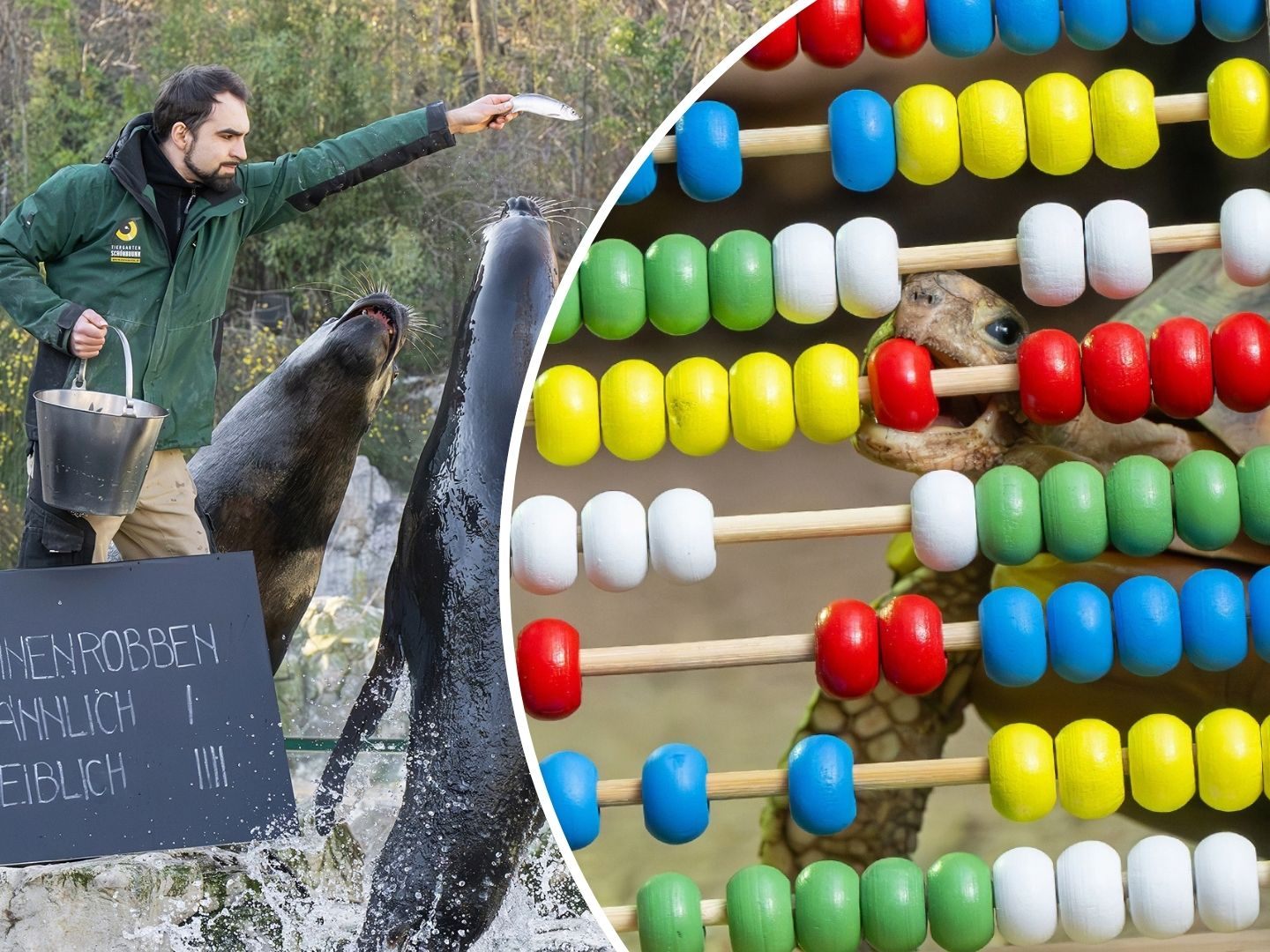Annual Inventory: Vienna Zoo Schönbrunn Has Counted Again

As every year, counting was also done this year at Schönbrunn Zoo. The inventory revealed that currently 6,043 animals live in the Vienna zoo. These belong to 518 different species and domestic breeds. "As a scientifically managed zoo, our goal is to represent biological diversity – a diversity that is increasingly threatened," explained Zoo Director Stephan Hering-Hagenbeck on Thursday. The recording is part of the zoo's scientific management and aims to help preserve biological diversity and protect endangered species.
Over 2,600 Fish and Almost 900 Invertebrates Recorded at Schönbrunn Zoo
The current animal population consists of 568 mammals, 645 birds, 704 reptiles, 625 amphibians, and 2,607 fish. Additionally, 894 invertebrates such as jellyfish, insects, and corals are kept. The exact recording of these animals is done through an animal inventory list, the so-called Institutional Collection Plan (ICP).
The ICP not only records which animals live in the zoo but also whether they are part of a conservation breeding program. Additionally, the conservation status of each species is noted there, both according to the Red List of the International Union for Conservation of Nature (IUCN) and the Red List of Austria.
"Each Animal Species Must Meet Criteria": Conservation and Diversity Central at Vienna Zoo
The composition of animal species in the zoo follows a long-term concept. "Our animal population is carefully and long-term planned. Each animal species must meet certain criteria: it can be highly endangered, have a high educational value, be linked to conservation or research projects, or represent an entire habitat as a flagship species," said Hering-Hagenbeck.
The annual count not only serves as an inventory but also for the continuous adjustment of husbandry concepts. This is to ensure that the zoo not only displays the greatest possible diversity but also actively contributes to species conservation.
(APA/Red)
This article has been automatically translated, read the original article here.





